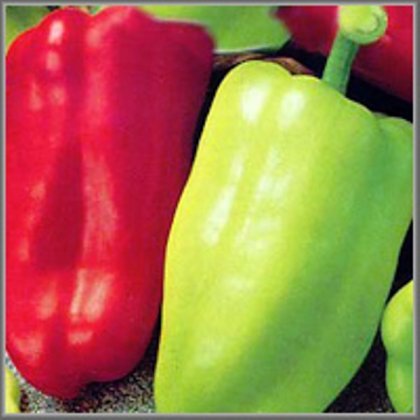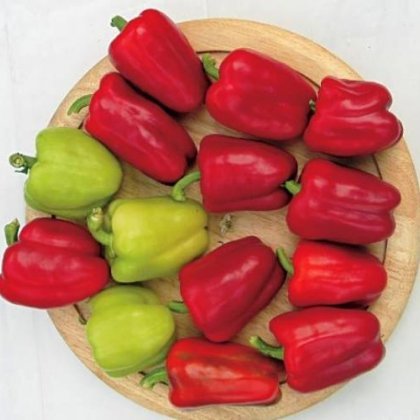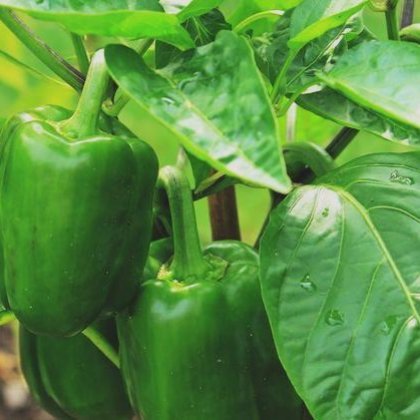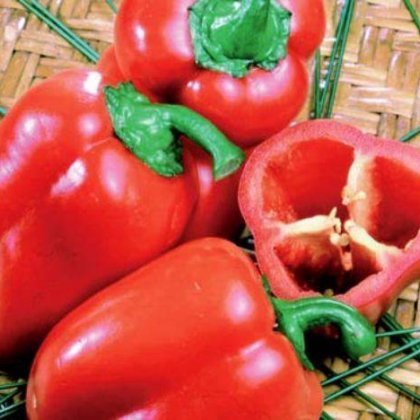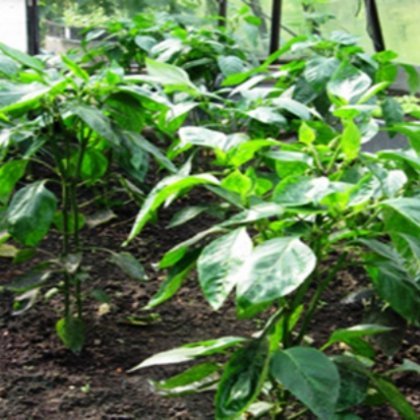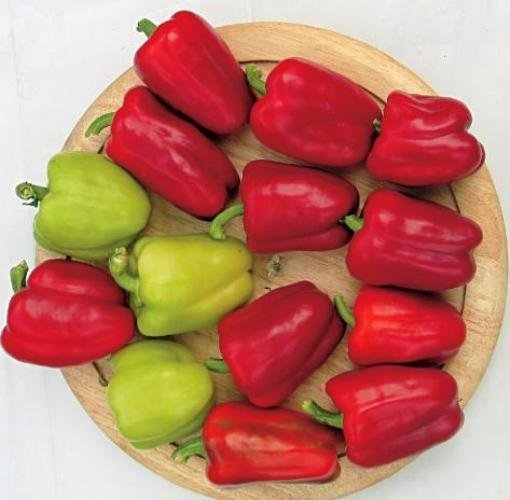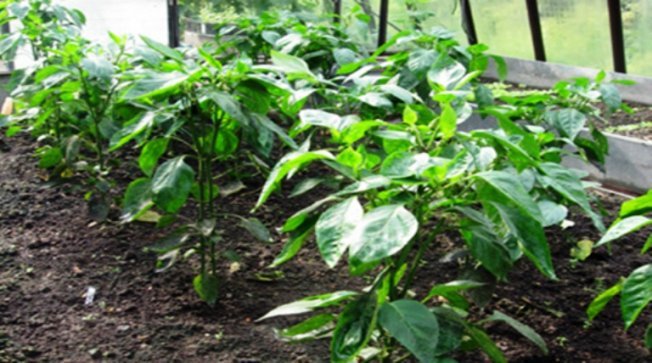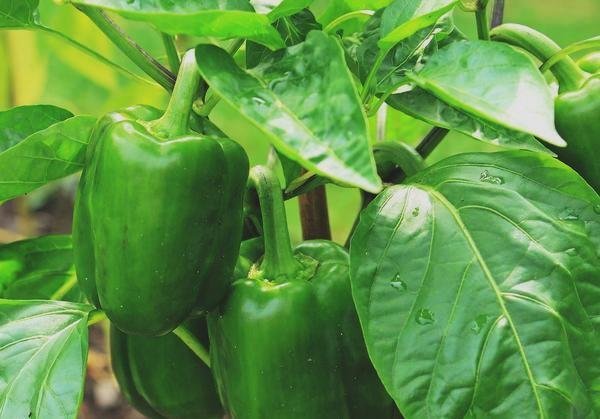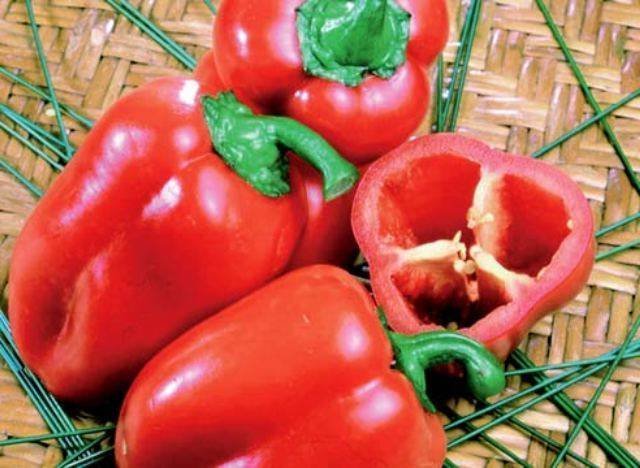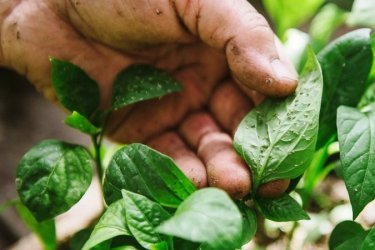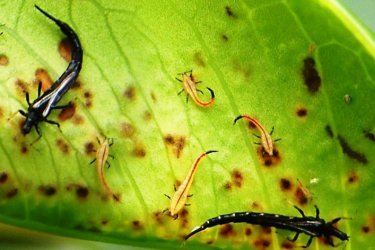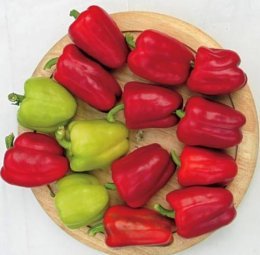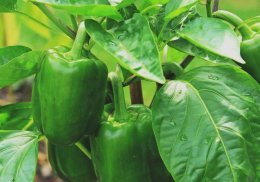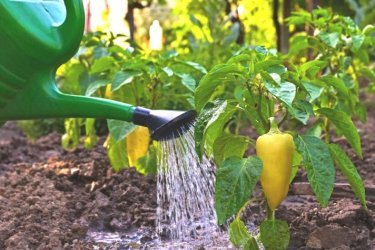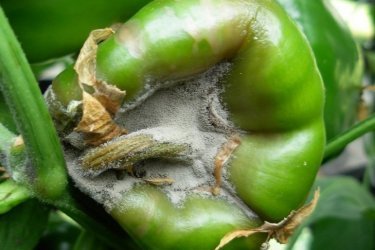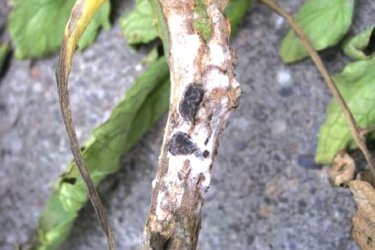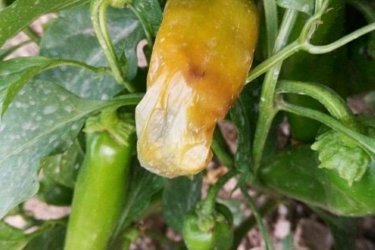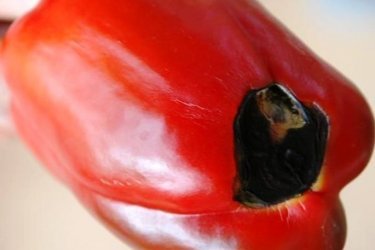Pepper variety Eroshka, high-yielding, low-growing, for greenhouses and open ground
Pepper Eroshka
Eroshka
Capsicum annuum
Early ripening
Features of Eroshka pepper
Disease resistance of Eroshka pepper

The high-yielding pepper variety Eroshka was created by employees of the MANUL Selection and Seed Production Company in 2003. The company is the manufacturer and originator of the variety.
Description of the bush
The sweet pepper variety has a compact, semi-standard bush, 30-50 cm high. The plant is determinate, closed. The leaf is bright green, medium in size, slightly wrinkled. The fruits are located drooping on the stem.
Ripening time
The variety is classified as early ripening; to obtain fruits of technical ripeness it will take from 95 to 110 days (from the moment of emergence). It will take 120 to 130 days to reach biological ripeness.
Description of fruits
The shape is tetrahedral, slightly ribbed, cuboid. Technically mature peppers have a glossy, light green surface, becoming orange-red as they ripen. Weight reaches from 140 to 180 g, dimensions: length 9-10 cm, cross-sectional diameter 7-8 cm.
Wall thickness is from 5 to 6 mm. Number of slots 3 or 4.
The load of fruits is high; up to 16 fruits can be set on one plant. The yield per bush is from 2.5 to 3 kg. Up to 4.8 kg of marketable fruit can be harvested per square meter.
The harvest ripens together.
Where and how to grow
Pepper variety Eroshka can be grown in open ground and greenhouses. In open ground, 10 to 12 plants can be planted per 1 sq.m. When planting using a compacted strip method, the distance between the bushes can be 15 - 20 cm.
In greenhouses, Eroshka can be used as a sealant for peppers, tomatoes, and eggplants of indeterminate varieties.
Growing in open ground
The planting bed should be well lit.
The best soil for the crop is considered to be light loamy or sandy loam containing humus and nutrients. Excess nitrogen is not allowed; it makes the pepper “fatten”, grows stems and leaves, but does not produce a harvest.
Recommended soil acidity is from 6 to 6.6 pH, ideal - 6.4 pH. Slightly acidic soils reduce yields; in strongly acidic soils, the plant itself develops poorly.
Before digging, organic fertilizers are added to the soil - compost or humus, from 7 to 10 kg per 1 sq.m. During the growing season, fertilized chicken manure is fed.
Mineral fertilizers include:
- urea;
- superphosphate;
- potassium sulfate.
Doses of applied fertilizers are determined depending on the type of soil.
Care should be taken when introducing:
- nitrogen fertilizers and manure;
- chlorine-containing substances;
- potassium electrolyte and other potassium substances.
Wood ash can be added to any type of fertilizer in small quantities.
Compliance with crop rotation
To reduce the incidence of plant diseases, the principles of crop rotation should be followed. It is not recommended to plant peppers after tomatoes, potatoes, and eggplants. The best predecessors are onions, cucumbers and zucchini, legumes.
Planting after early cabbage is acceptable.
Zoning
The variety is included in the State Register of the Russian Federation as recommended for cultivation under film cover in garden plots and farms.
Recommended growing regions:
- Volgo-Vyatsky;
- Central;
- Central Chernozem;
- Northwestern and Northern;
- Middle Volga; North Caucasian.
Care instructions
Pepper is not particularly capricious, but to get a good harvest you will need:
- systematically water the plants with warm water;
- remove weeds from the beds;
- periodically loosen the soil.
Growing in greenhouses requires ensuring high-quality ventilation of the room, preventing excessive watering and stagnation of water in the beds.
Disease resistance
The creators of the Eroshka pepper variety managed to instill in it high resistance to diseases:
- verticillium;
- blossom end rot, which appears as brown spots on stems, leaves, and fruits;
- tobacco mosaic virus.
Features of the plant
Unlike other varieties, Eroshka can withstand air temperature drops down to +12 +14 degrees C, and even in such conditions it continues to form ovaries.
Advantages
The value of the Eroshka pepper variety is:
- in early and friendly harvest ripening;
- in large-fruited, fleshy and high-tasting fruits;
- high resistance to cold.
Use in cooking
The fruits of Eroshka pepper have an attractive appearance and high taste.
The purpose is universal, it can be:
- use fresh for preparing salads;
- pickle, preserve for the winter;
- stuff;
- Use for making lecho and ketchup.
We invite you to watch a video about the best varieties of lettuce peppers:
Pests




